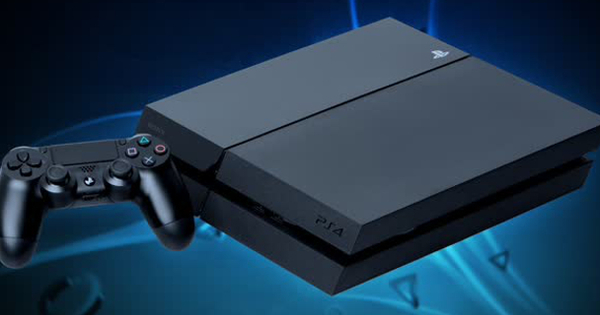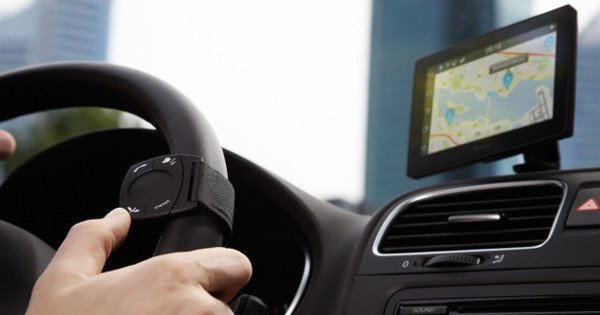PrimeOS is an alternative operating system that allows you to run Android apps on PC. Another advantage is that the lightweight OS works well on systems with modest specs. This is how you breathe new life into an old PC. We will walk you through the installation and tell you about the possibilities.
PrimeOS is specially developed for x86 hardware and is based on Android. With the operating system you get a completely new desktop with access to millions of apps and games. You may also benefit from your x86 speed. If you are going to download PrimeOS, you can choose from three versions.
PrimeOS Classis is a 32-bit version that is intended for really outdated systems with 1 to 2 GB of ram. PrimeOS Standard is a 64-bit version for systems from the year 2011. These are the somewhat older 64-bit processors from Intel and AMD. The PrimeOS Mainline version is also 64-bit and intended for systems from 2014 onwards.
If you're not sure which version to choose, you can always get started with PrimeOS Classic. That's a shame if your hardware could still handle a 64-bit version of PrimeOS. You can therefore also turn it around: just start with PrimeOS Mainline and if that doesn't work, take a step back (and then maybe another step).
Install PrimeOS from USB stick
PrimeOS can be downloaded as a Windows Installer and as an ISO file. The Windows Installer can be installed as dualboot on a separate partition within the existing Windows. We will work with an iso file, for a bootable installation or a live version of PrimeOS. After downloading, we need the Rufus tool for this.
With this we can put the iso file bootable on a usb stick. The Rufus default settings are sufficient. You can then boot the old hardware from the created USB stick. You may first have to designate the USB stick in the BIOS setup as the first boot device. If applicable, then you should also check the security option Secure Boot Switch off.

Once booted from the previously created USB stick, PrimeOS can be installed or tried out live. You can make it as difficult or as easy as possible for yourself when installing.
Don't feel like choosing a precise installation form and manually setting up the hard disk? Choose Advanced options and then PrimeOS Auto Install to specified hard disk. In the case of your old computer, this means PrimeOS will be installed on the existing hard drive without much question. This is by far the easiest installation form of PrimeOS.
PrimeOS then installs itself at lightning speed. There is still one important final question to be answered: are you sure? This is a logical question as the hard drive is about to be repartitioned and formatted. Everything on the hard drive is inexorably discarded.
If approved, the hard drive is preprocessed and PrimeOS is copied from the USB stick to the hard drive. After that, you can start using PrimeOS right away.
Configure PrimeOS
Now is the time to actually start using PrimeOS. You immediately notice that the keyboard and mouse are active. The presence of a real keyboard obviously surpasses the virtual keyboard of Android. In practice, this is very convenient and in any case a lot faster. You click the button Process and then you're going to personify PrimeOS.
Now the first real introduction to the desktop of PrimeOS takes place. You will immediately see all the links to Chrome and to the Play Store. The desktop also looks like any graphics operating system.

The next step is to fine-tune PrimeOS. To do this, go to the start menu via the start button at the bottom left, which now still contains the option Settings stands. Within those settings, go to the option Languages and possibly make sure that the language Dutch is installed within PrimeOS.
The next step can be linking it with your Google account. You do this now via the Institutions and google. Using a Google account is useful because of all the synchronization options and because of the link with the Play Store. You need it to install apps and games.
PrimeOS is a great replacement operating system, not based on Windows or Linux but with Android. You benefit from the ease of use of Android in combination with the keyboard and mouse. Also ideal for daily internet work that mainly consists of surfing and e-mailing and therefore does not require much computing power.

